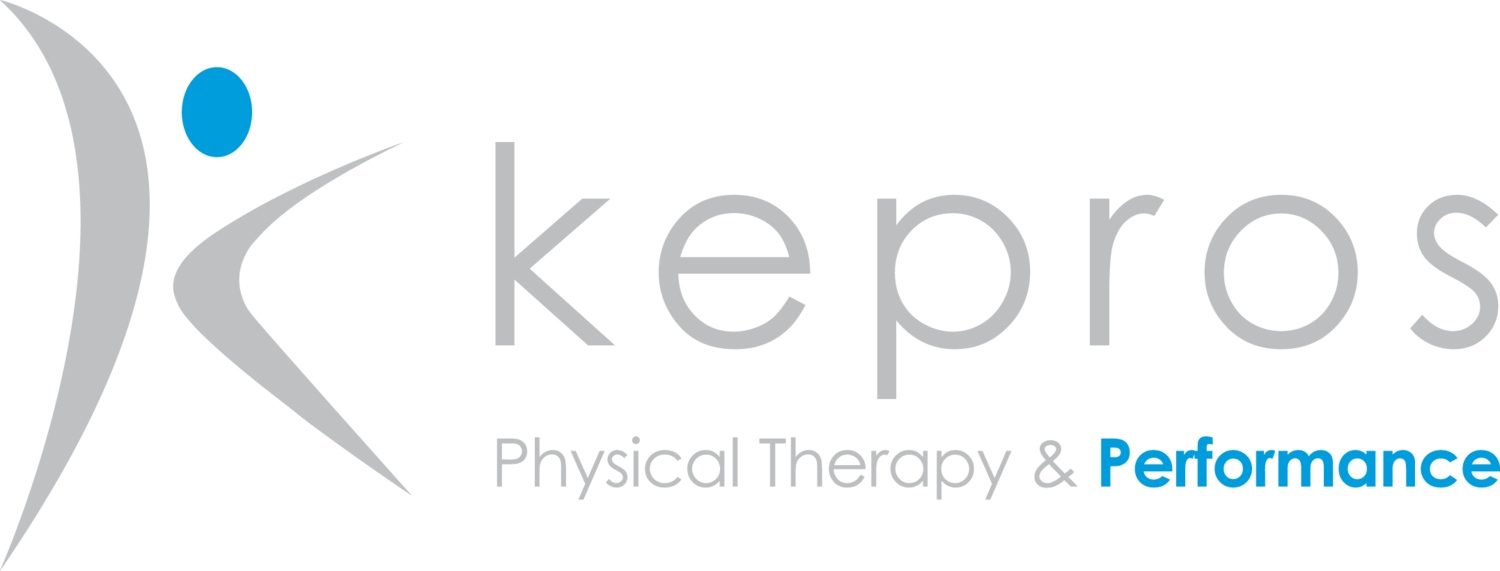Stretching For Pain Relief
What stretches should I be doing to help by pain?
This is a common question we get in the physical therapy clinic. Although we do utilize stretches at times, mobility work will often supersede stretches. The rationale for this comes down to some important definitions of two words that are often used in the same context, but have different meanings when it comes to our ability to control our bodies to improve function and decrease pain.
Flexibility is an individual muscle or muscle group’s ability to lengthen passively (how well someone can stretch a muscle).
Mobility is the ability of a joint to move or be moved freely and easily actively through a range of motion (how well you can move through a range of motion).
The exact definition used for stretching is also important.
Stretching in this context is placing a muscle or group of muscles at the available motion, and holding the position statically. Think – reach down and touch your toes, hold. There are other forms of exercise that may be described as stretching (dynamic stretch, proprioceptive neuromuscular facilitation (PNF) stretching, etc)., but most involve some an active component to the movement. For the sake of this discussion, stretching is considered as the classic stretch and hold techniques.
The best exercise or movement to prescribe/perform comes down to what your individual goals are. Most movement strategies and consistent plans lead to improved range of motion while static stretching for at least 5 minutes a day for 5 days a week will lead to greater increases in range of motion than other stretching protocols (1). This would demonstrate improved flexibility. The mechanism for this improved range is not necessarily increasing the length of the muscle, as there are many other factors involved, such as our nerves and the available motion based on the anatomy of the joint.
While increased flexibility and range of motion are great, that is not usually the primary goal we are working towards with our prescription of different interventions. The goals are much more often along the lines of controlling the motion to improve function and decrease future injury risk. Consider the differences between being able to bend down to touch your toes vs a deadlift. Both movements require a considerable amount of hamstring flexibility to perform, but the deadlift will require a much greater control to generate appropriate force to move the weight safely.
A deadlift requires many component movements throughout the whole body, each requiring appropriate control and stabilization through a large range of motion for the given joint. The starting position of a deadlift requires ankle dorsiflexion over a stable foot, knee and hip flexion with abdominal control to stabilize the low back, shoulder blade and shoulder stabilization with strong grip on the weight. The movement component requires coordinated movements of the ankles, knees, hips, and trunk while maintaining stability through shoulder, core, and grip.
With that in mind, you will likely find we often use interventions geared towards mobility versus strictly flexibility (although this may be a necessary first step depending on your individual situation) as you progress throughout your physical therapy journey. The more you are able to control your body through the movement available, you will experience more freedom, improved performance, and a decrease likelihood of future injury.

